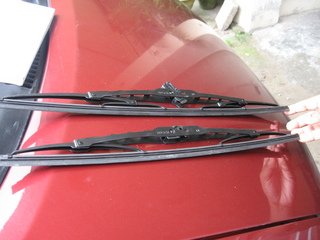4 Ways to Play the Panpipe or Pan Flute

Introduction:
The panpipe or pan flute is a versatile and enchanting instrument with roots in ancient civilizations. With its unique design consisting of multiple bamboo tubes of varying lengths, the panpipe offers musicians a distinct sound that lends itself to various genres. In this article, we’ll explore four different ways to play the panpipe or pan flute, ensuring you can make beautiful music with this fascinating instrument.
1. Traditional Technique:
The traditional technique for playing the panpipe involves holding the instrument horizontally, with the tubes arranged in descending order from left to right. Rest the instrument gently against your lower lip, keeping it stable and parallel to the ground. Tilt your head slightly to one side, allowing easier access to each tube. Blow air gently across the top of each tube at an angle to produce sound. Practice playing scales by starting with the lowest note and moving upward through the tubes.
2. Vertical Technique:
In this method, hold the panpipe vertically with the tubes pointing up and down instead of horizontally across. Place your lips on each tube’s edge while still blowing gently across its top. The vertical technique allows you to access more than one tube at a time, creating chords and harmonies. Although less common than its horizontal counterpart, this technique provides ample opportunity for experimentation and creativity.
3. Percussive Playing:
While less common than traditional or vertical techniques, percussive playing involves striking different parts of the panpipe to produce various sounds and rhythms. This approach is often employed in ensemble settings or alongside other percussion instruments. Players might use their hands, mallets, or other objects to tap on individual tubes or along their lengths while incorporating regular flute techniques into their playing.
4. Circular Breathing:
To play extended melodies or long passages without interruption, many pan flautists utilize a technique known as circular breathing. This advanced skill requires a musician to take in air through their nose while simultaneously exhaling through their mouth. By continually breathing in this manner, the pan flautist can maintain a steady airflow without needing to pause during a performance. Mastering circular breathing takes time and practice, but it can greatly enhance your panpipe playing experience.
Conclusion:
With knowledge of these four ways to play the panpipe or pan flute, you can approach your instrument with confidence and creativity. Whether you choose the traditional horizontal style, experiment with vertical play, explore percussive techniques, or master circular breathing, remember that practice is key. As you develop your skills and discover new sounds and styles, embrace the unique music-making opportunities that the panpipe offers.






